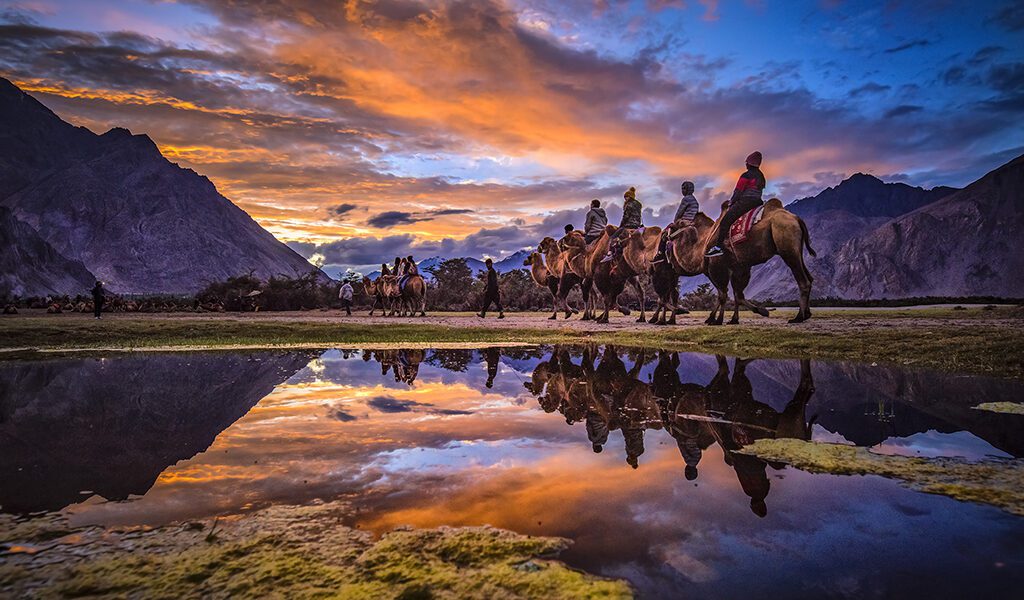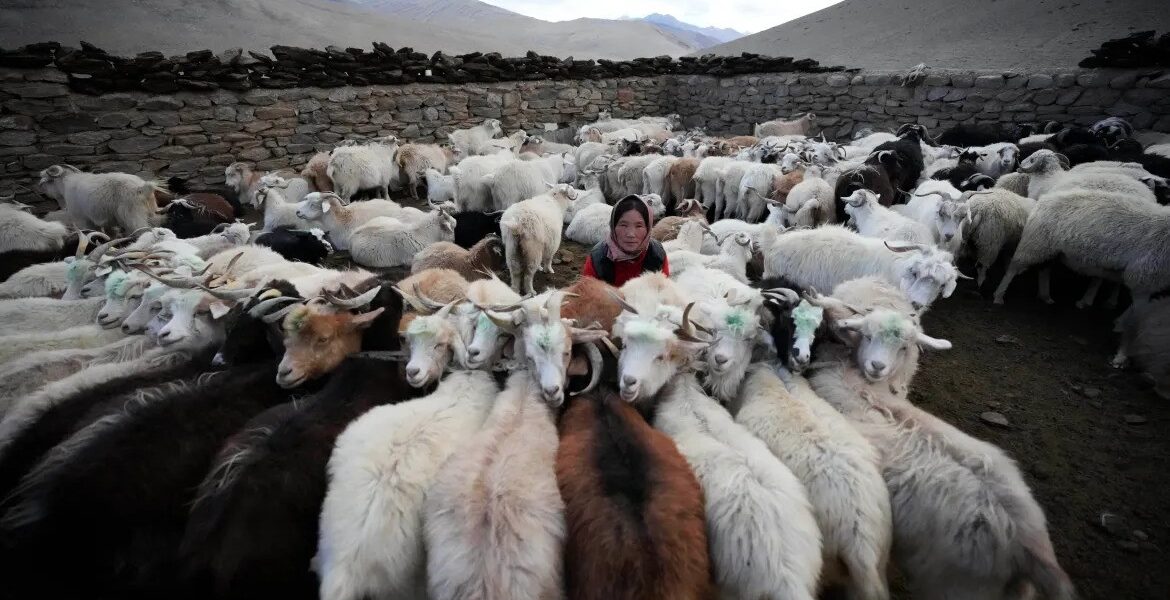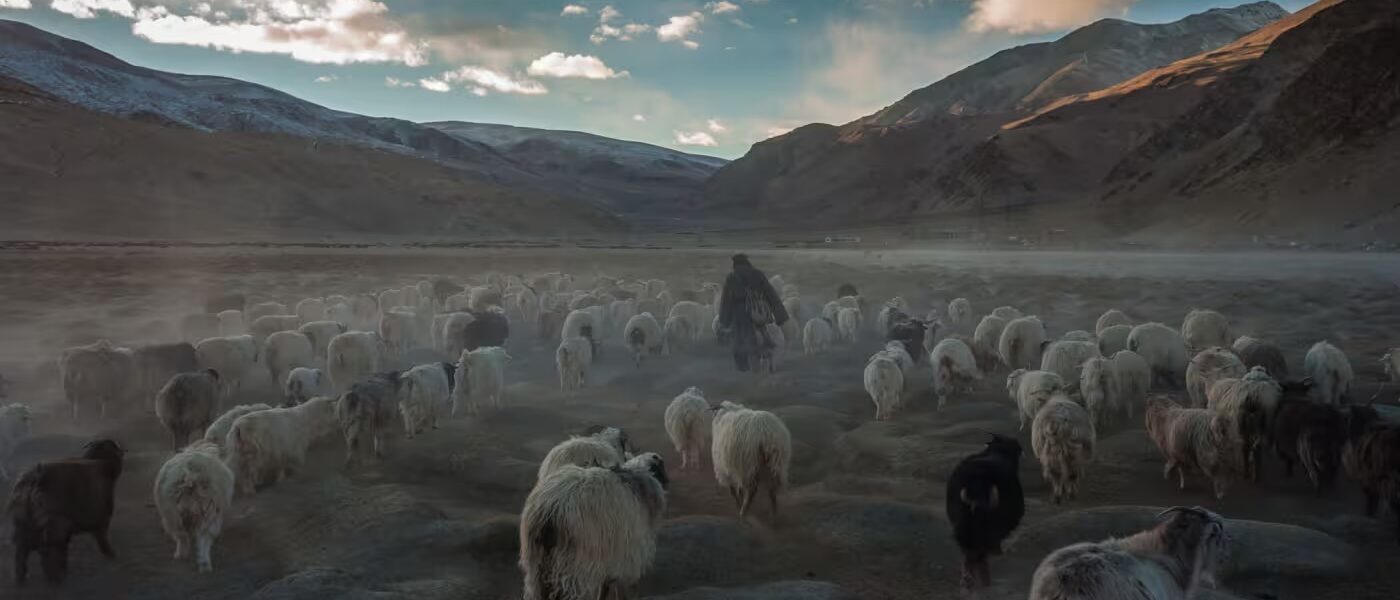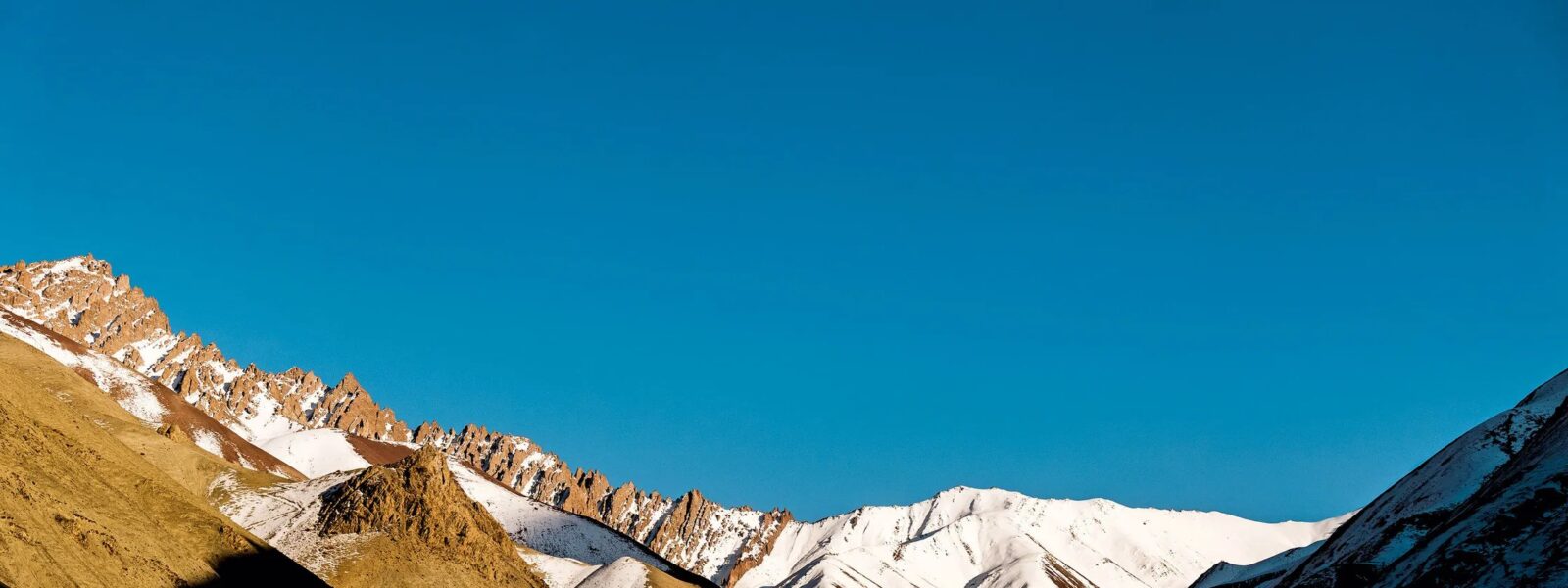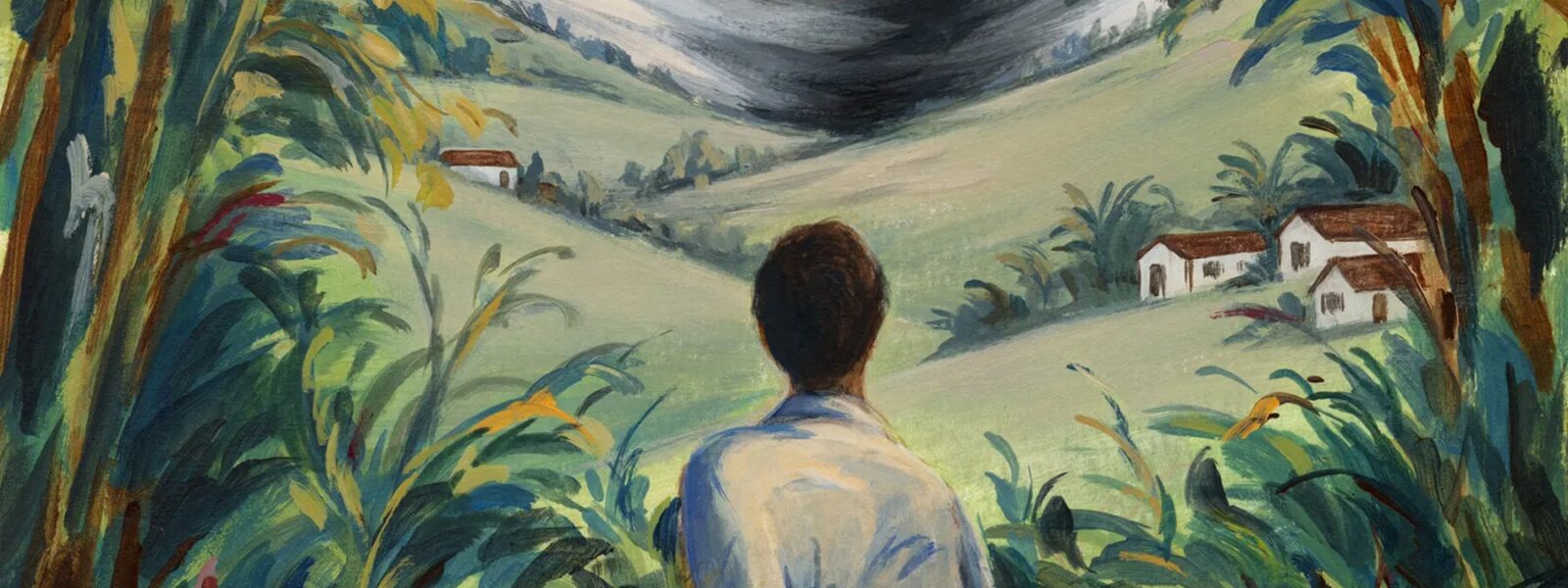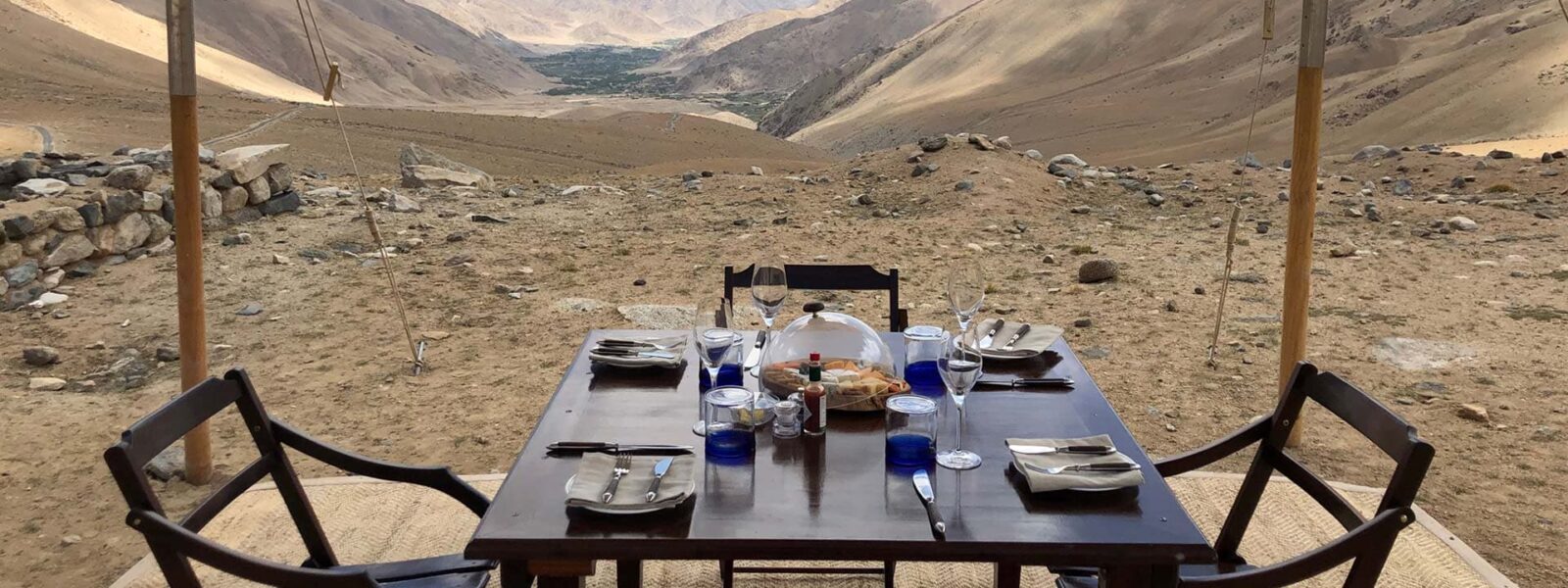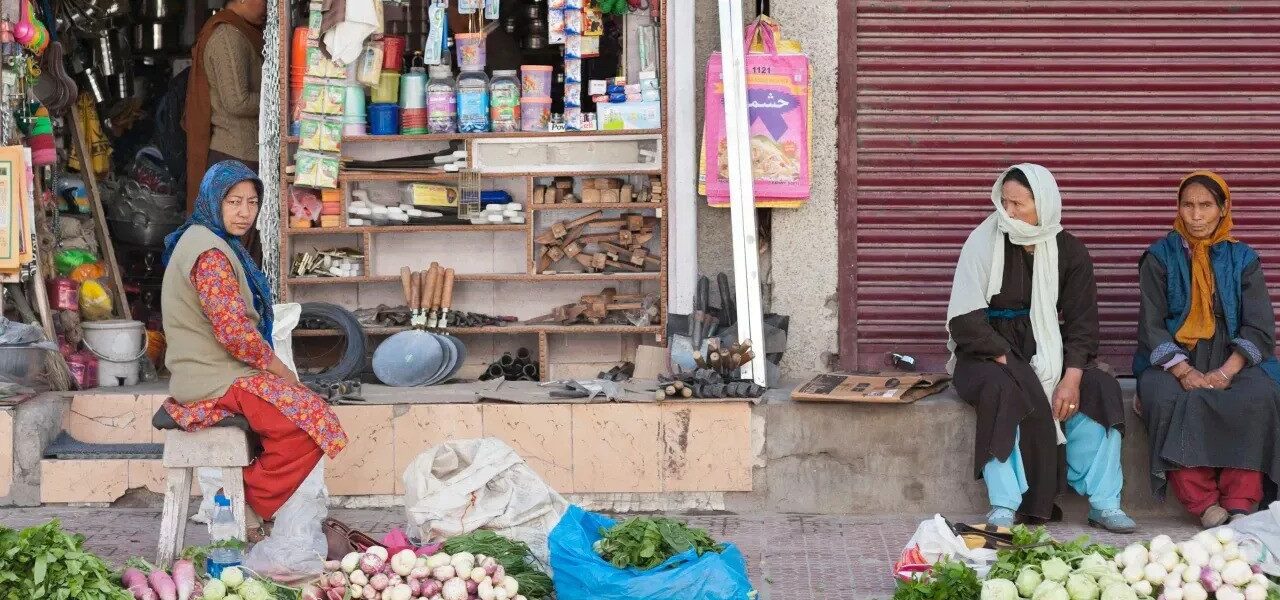A Whisper from the Mountains: Why Ladakh Called Me
There are journeys we plan, and then there are journeys that seem to plan us. Ladakh was the latter. For years, the name had floated through my consciousness like a snowflake suspended in thin air—beautiful, mysterious, untouchable. It whispered through travel forums, flickered across photography books, and surfaced in quiet conversations with fellow wanderers. “Go before it changes,” someone once told me in a mountain hostel in Slovenia. That sentence lived with me for years.
I didn’t know much about Ladakh, only that it was often called “Little Tibet” and was tucked high in the Indian Himalayas. That alone stirred a sense of distant wonder. But it wasn’t until a particularly grey morning in Brussels, sipping black coffee by the window, that something shifted. I was craving vastness, silence, and clarity—things I couldn’t find in crowded cities or curated museums. I booked a flight to Leh that afternoon.
Traveling to Ladakh isn’t easy, nor should it be. The very nature of the journey asks for intention. Flying into Leh means soaring over some of the tallest mountains in the world, and when you land, you’re immediately 3,500 meters above sea level. The air is thin, the light sharp, and the energy… different. You feel like you’ve arrived on another planet, but one that somehow feels ancient and familiar.
My first steps were slow, cautious. Acclimatization is essential here—not just physically, but spiritually. The landscape demands your attention, but not in the way a busy city does. Ladakh doesn’t shout. It hums. It draws you in, layer by layer. The Himalayas don’t just surround you; they seem to stare back, asking what you’ve come to find.
I stayed in a small guesthouse in Leh run by a local family. There were apricot trees in the courtyard, prayer flags fluttering from the rooftop, and the scent of butter tea drifting in from the kitchen. The first night, wrapped in woolen blankets, I watched the stars burn cold and clear above me. I had never seen a sky like that. That night, I began to understand why people call Ladakh a spiritual journey.
This wasn’t going to be just a destination; it was going to be a revelation.
As I lay awake, listening to the wind trace the shape of the mountains, I felt a stillness that I hadn’t known in years. Not just the stillness of silence, but the stillness of presence. In that moment, Ladakh wasn’t a place on the map—it was a feeling in my bones. I had taken my first steps into the soul of the Himalayas.

Landing in Leh: First Breath at High Altitude
The descent into Leh is unlike anything else. As the airplane dipped beneath a quilt of clouds, jagged peaks rose on all sides—some so close it felt like we could touch them. The window frame became a painting of rust-colored ridges, snow-kissed summits, and deep, shadowed valleys. This wasn’t just a landing; it was an arrival into something elemental.
Leh airport is modest, almost austere. No neon signs, no echoing announcements, just a sense of function and a blast of dry, high-altitude air that took my breath away—literally. I stepped off the plane and felt it immediately: the lightness of oxygen, the weight of altitude. My heartbeat quickened. My limbs moved slower. The Himalayas welcomed me not with noise, but with stillness and altitude.
The drive into the town of Leh unfolded like a visual overture. Jagged mountains framed the sky. Stupas and whitewashed houses dotted the hillsides. Monks in crimson robes walked the roadside, their pace unhurried. Prayer flags waved from rooftops, their mantras catching the wind and scattering softly into the world.
I checked into a family-run guesthouse tucked away on a quiet lane near the old city. My host, Dolma, greeted me with a warm smile and a silver pot of butter tea. “Rest,” she said, placing a thick blanket on the bed. “First day, only rest.” And she was right. At 3,500 meters above sea level, the body needs time to adjust. The temptation to explore was strong, but the mountains were patient. They weren’t going anywhere.
I spent the afternoon on the rooftop terrace, watching clouds drift over the Stok Kangri range. The air was dry and clean, scented with sun-warmed earth and woodsmoke. From time to time, the town echoed with the long, low sound of a conch shell from a nearby monastery. It was a reminder: this land moves to ancient rhythms. Here, time isn’t kept by clocks—it’s marked by wind and prayer.
That evening, as the sun dipped behind the mountains and the shadows grew long, I wrapped myself in a woolen shawl and watched the lights of Leh flicker on, one by one. It felt like the world was exhaling, and I was breathing with it. A slow, steady rhythm. The kind of breath you didn’t know you needed until you arrived here.
I came to Ladakh expecting landscape. I found atmosphere. High, wide, and quiet.
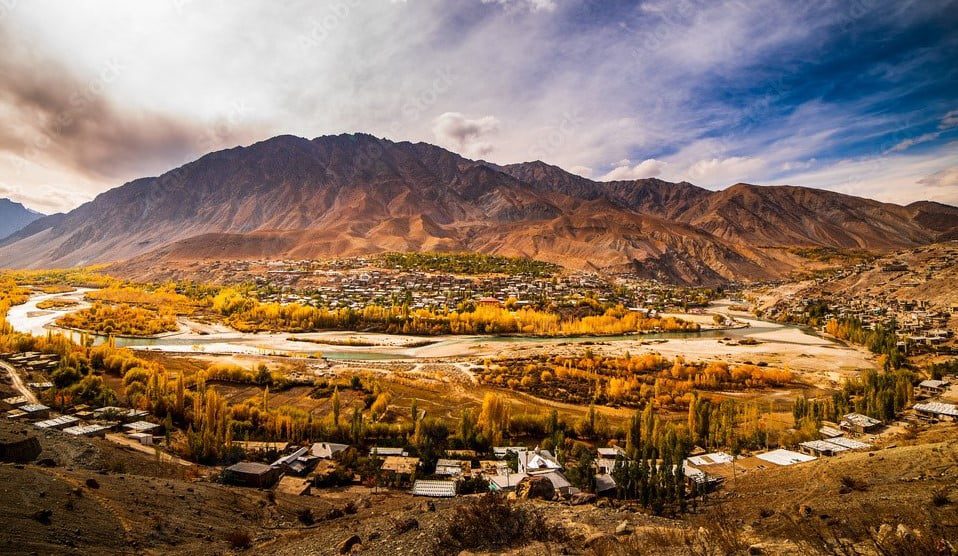
Monasteries, Prayer Wheels, and Unexpected Encounters
On my third day in Ladakh, my body finally stopped fighting the altitude. I woke with a clearer head and steadier legs, greeted by sunlight spilling across the courtyard and the muffled sound of someone turning prayer wheels nearby. It was the kind of morning that asks you to move slowly, to be deliberate. I dressed in layers and followed the scent of incense up the hillside, toward one of the monasteries that had long lived in my imagination.
Thiksey Monastery rises like a sandcastle above the Indus Valley. Its whitewashed walls and ochre roofs cascade down the hill in perfect tiers, as if drawn by the hand of a careful child. I climbed the steps slowly, my breath still shallow from the altitude. Around me, the mountain air buzzed with a quiet that was somehow louder than any city street. A young novice monk passed by with a shy smile, clutching a rust-red prayer book, and I followed the echo of his bare footsteps into the main hall.
Inside, the air was thick with the scent of yak butter lamps and cedar. Golden statues of the Buddha glowed in the half-light, surrounded by rows of ancient thangkas and wall paintings that seemed to whisper stories through their cracks. In one corner, a group of monks were deep in morning chants, their voices rising and falling like waves. I sat down cross-legged on the wooden floor, feeling out of place and yet completely welcome.
A senior monk, wrapped in saffron robes and a calm smile, noticed me. He came over without words, poured tea into a chipped metal cup, and placed it in my hands. I nodded, unsure how else to thank him. We sat together in silence, watching the smoke curl and drift. No itinerary could have predicted this moment. No travel guide could have explained its meaning.
Later that day, I wandered through the monastery’s outer paths, spinning the prayer wheels one by one, each turn a quiet wish I didn’t know I was making. Children played with kites just outside the walls, their laughter ringing through the valley. I realized then that Ladakh’s spirituality isn’t locked away in temples. It lives in every gesture—in tea shared, in chants echoing down corridors, in the simple act of walking with reverence.
That evening, back at the guesthouse, Dolma asked where I’d gone. “I think I went somewhere inside myself,” I told her. She smiled, as if that was exactly the answer she’d expected.
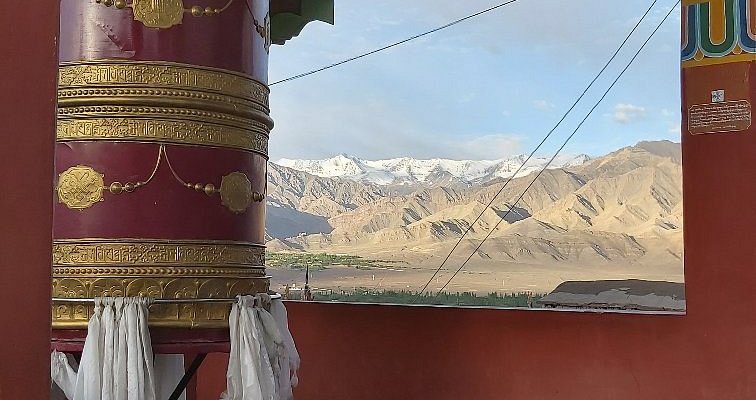
Into the Valleys: Discovering the Real Ladakh Beyond the Postcards
Venturing beyond Leh, I was drawn to the heart of Ladakh—the valleys where life unfolds amidst towering peaks and winding rivers. The journey itself was a meditation, with each turn revealing landscapes that seemed untouched by time. My destination was the Nubra Valley, a place where the Shyok and Siachen rivers converge, creating a fertile oasis in this high-altitude desert.
The road to Nubra took me over Khardung La, one of the highest motorable passes in the world. As I ascended, the air grew thinner, and the vistas more surreal. Reaching the summit felt like standing on the roof of the world, with prayer flags fluttering in the crisp wind, carrying hopes and mantras into the vast Himalayan sky.
Descending into Nubra Valley, the stark mountains gave way to a surprisingly lush expanse. Fields of barley and mustard painted the valley floor, while apricot orchards added splashes of color. I arrived in Diskit, the region’s administrative center, known for its 14th-century monastery perched dramatically on a hill. The monastery houses a 32-meter Maitreya Buddha statue, gazing serenely over the valley—a symbol of peace and protection. [Source: Nubra Valley – Wikipedia](https://en.wikipedia.org/wiki/Nubra)
In the village of Hunder, I encountered the unexpected: sand dunes and Bactrian camels, remnants of the ancient Silk Road trade routes. Riding a double-humped camel through this desert landscape, framed by snow-capped mountains, was a surreal experience that encapsulated Ladakh’s unique blend of elements.
Seeking a deeper connection with the land and its people, I opted for a homestay in the village of Turtuk, which opened to tourists only in 2010. This Balti village, with its stone houses and narrow lanes, offered a glimpse into a way of life preserved for centuries. Sharing meals of locally grown buckwheat and apricots, I listened to stories that spanned generations, feeling the warmth of Ladakhi hospitality.
Exploring these valleys, I realized that Ladakh’s true essence lies beyond the well-trodden paths. It’s in the quiet moments: the shared smiles with villagers, the rhythmic turning of prayer wheels, the play of light on monastery walls at dusk. These experiences, rich and unfiltered, are the ones that linger, painting a portrait of Ladakh that no postcard can capture.
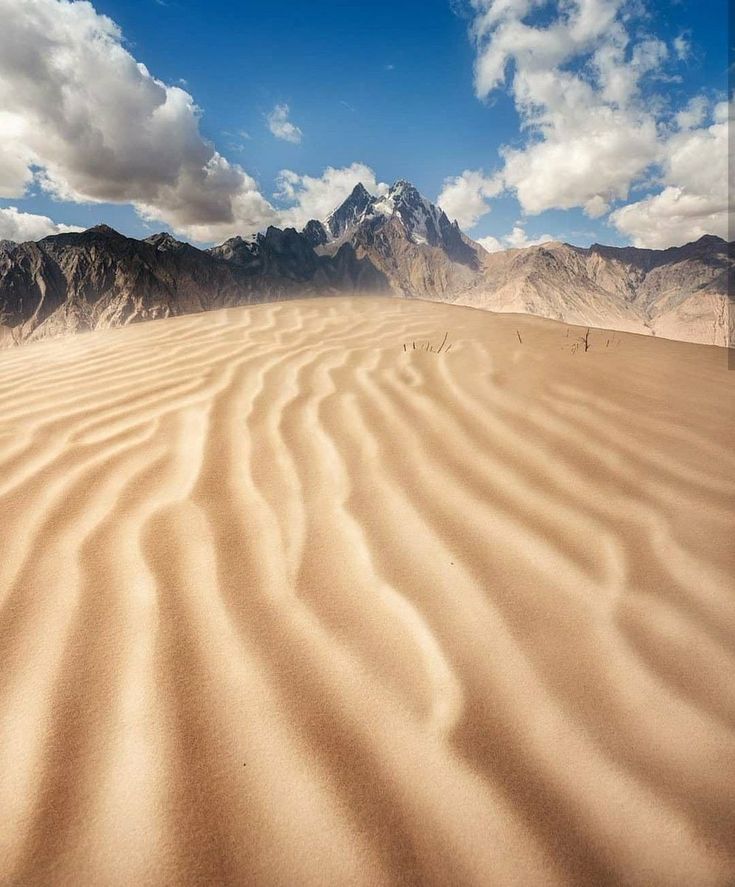
A Soulful Moment by the Lake
Not all silence is created equal. Some silences are heavy, others are empty. But the silence I found at Pangong Lake was something entirely different—it was vast, alive, and almost sacred. After days of winding roads and narrow valleys, I arrived at the lake just before dusk, breathless not from the altitude, but from the beauty that unfolded before me.
Stretching across 134 kilometers and extending into Tibet, Pangong Lake is a shifting mirror of color and light. As the sun began its descent, the water shifted from a cold turquoise to deep cobalt, each ripple catching fire with the last light of the day. The mountains that surrounded the lake wore their shadows like robes, dark and dignified. It felt less like a place and more like a presence—one that watched, waited, and welcomed quietly.
I sat on a smooth boulder, hands wrapped around a cup of salty butter tea, watching the wind play across the surface. There were no boats, no buildings, no people in sight—just wind, water, and sky, locked in a wordless conversation. It was here that I stopped thinking of Ladakh as a destination and started understanding it as a feeling. The kind that slips under your skin and changes the pace of your breath.
A pair of black-necked cranes flew low over the lake, their wings beating in perfect silence. These endangered birds are sacred in Ladakh, symbols of peace and fidelity. Watching them disappear into the mountains felt like witnessing a benediction, a subtle reminder that I was not just a visitor, but a witness to something ancient and enduring.
Nights at Pangong are cold—colder than any European winter I’ve known—but the stars compensate. Without city lights or noise, the Milky Way stretches above the lake like a river of crushed glass. Lying back on the roof of my tent, I traced constellations I hadn’t seen since childhood. It’s easy to forget how bright the sky can be until you come to a place like this.
In the stillness, a thought formed, quiet and clear: Ladakh doesn’t just show you beauty—it invites you to become part of it. I went to Pangong Lake looking for a photograph. I left with a memory that can’t be captured.
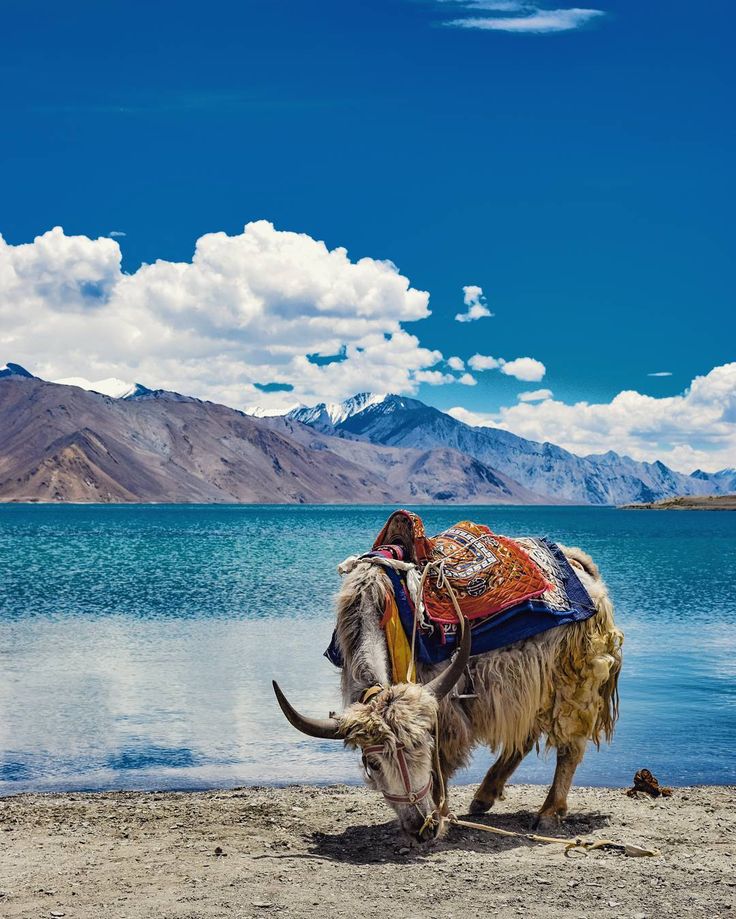
Lessons from the Himalayas: What Ladakh Taught Me
I didn’t come to Ladakh searching for answers. If anything, I came to get away from the questions. But the Himalayas are wise, and even in their silence, they speak. Somewhere between the sweeping valleys and the sunlit peaks, Ladakh began to offer its quiet lessons—not in grand declarations, but in soft, unforgettable gestures.
The first thing I learned was patience. In the high-altitude world, nothing can be rushed. You walk slower. You breathe slower. Even thoughts seem to move with a deliberate rhythm. On my second morning in Nubra Valley, a local farmer named Dorjay invited me to sit with him in the shade of an apricot tree. We didn’t speak the same language, but we peeled fruit, watched the goats pass, and let the day unfold like an unwritten poem. In that moment, I understood the value of presence over productivity.
The second lesson was resilience. Life here is not easy. Winters are harsh. Roads close. Electricity falters. And yet, people smile often and share what little they have without hesitation. I remember a woman in Turtuk who, despite the chill in the air and a broken stove, offered me warm flatbread and tea. “This is enough,” she said, touching her chest. That phrase echoed through me long after I left.
I also discovered the subtle art of humility. In cities, we tend to fill silence with sound, uncertainty with explanation. But in the monasteries of Ladakh, silence is treated with reverence. You sit, you breathe, and you listen—not just to the chants or the wind, but to the still place inside yourself that so often goes unheard. It’s humbling to realize how noisy the world can be, and how healing it is to step away from that noise.
Above all, Ladakh taught me that travel doesn’t have to be about seeing more, but about feeling more. It’s not in ticking off landmarks or perfecting photos, but in leaning into the moments that happen in between—when a child offers you a flower, when the mountains glow pink at sunrise, when a stranger’s kindness feels like a blessing.
As I packed my bags in Leh for the journey back, I didn’t feel like I was leaving a destination. I felt like I was saying goodbye to a teacher. Ladakh had not changed, but I had. The mountains had rearranged something inside me—gently, permanently. And that, perhaps, is the most generous gift any place can give.
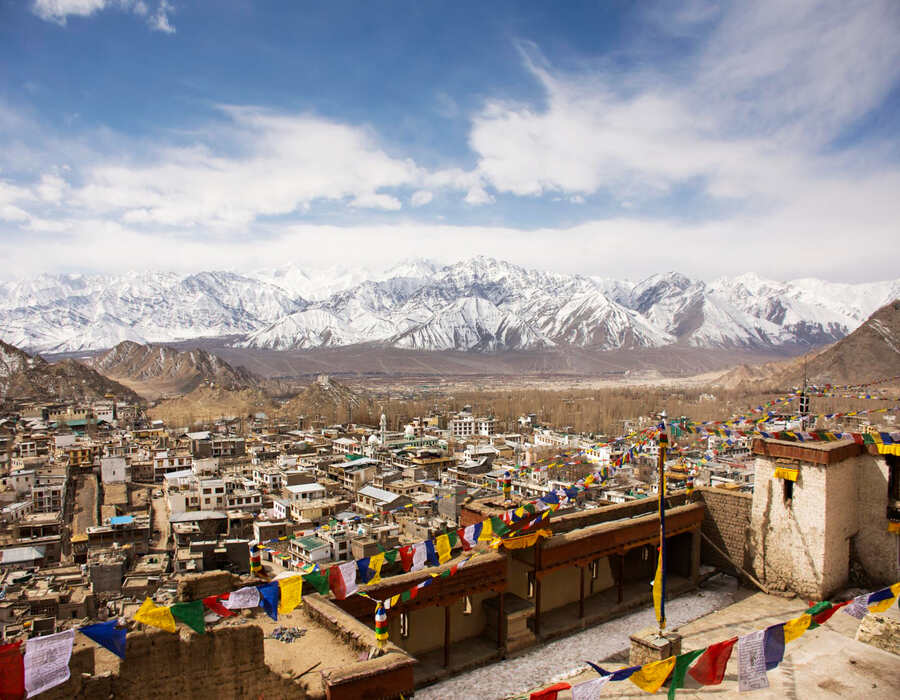
Planning Your First Ladakh Trip (Without Losing the Magic)
If Ladakh has taught me anything, it’s this: arrive with open eyes, but also an open rhythm. This isn’t a place to conquer with a checklist or rush through with a tight itinerary. It’s a region best met with patience, humility, and a willingness to be surprised. Still, some thoughtful planning can help you receive what Ladakh wants to give—without squeezing the wonder out of the journey.
Start with the season. Ladakh opens its high roads and remote valleys from late May to early October, when the mountain passes are navigable and the weather is stable. July and August are the warmest, but also the most visited. If you prefer quiet, consider June or September. I traveled in mid-June, when the barley fields were beginning to shimmer and the air still carried the scent of snow.
Take altitude seriously. Leh sits at over 3,500 meters, and even the healthiest travelers will feel the difference. Your first two days should be slow—no trekking, no mountain passes, just wandering gently through the old town, sipping tea, and letting your body adjust. Drink plenty of water. Sleep deeply. Let the mountains meet you before you rush toward them.
Consider how you want to move through the land. Group tours offer convenience, but they often race from highlight to highlight. I recommend a slower route: base yourself in Leh for a few days, then venture into the valleys with a local guide or driver who knows the rhythms of the road. Homestays offer a window into real Ladakhi life, and they help support local families directly. My most cherished memories came not from hotel rooms, but from conversations around wood-burning stoves.
Pack light but smart. Sunscreen is essential—the sun here is sharp and unfiltered. Layers are key, even in summer. Bring cash, as ATMs can be unreliable. And carry a notebook. You may find yourself wanting to remember more than you can photograph.
Most importantly, plan space into your plan. Leave a day or two without destinations. Let them reveal themselves. Take wrong turns. Follow side trails. Accept invitations. That’s where the real travel begins—in the moments you couldn’t possibly schedule.
Ladakh isn’t a place to be consumed. It’s a place to be felt. The more you allow the journey to unfold on Ladakh’s terms, the more it will stay with you—long after your boots are off and your bag is stored away.
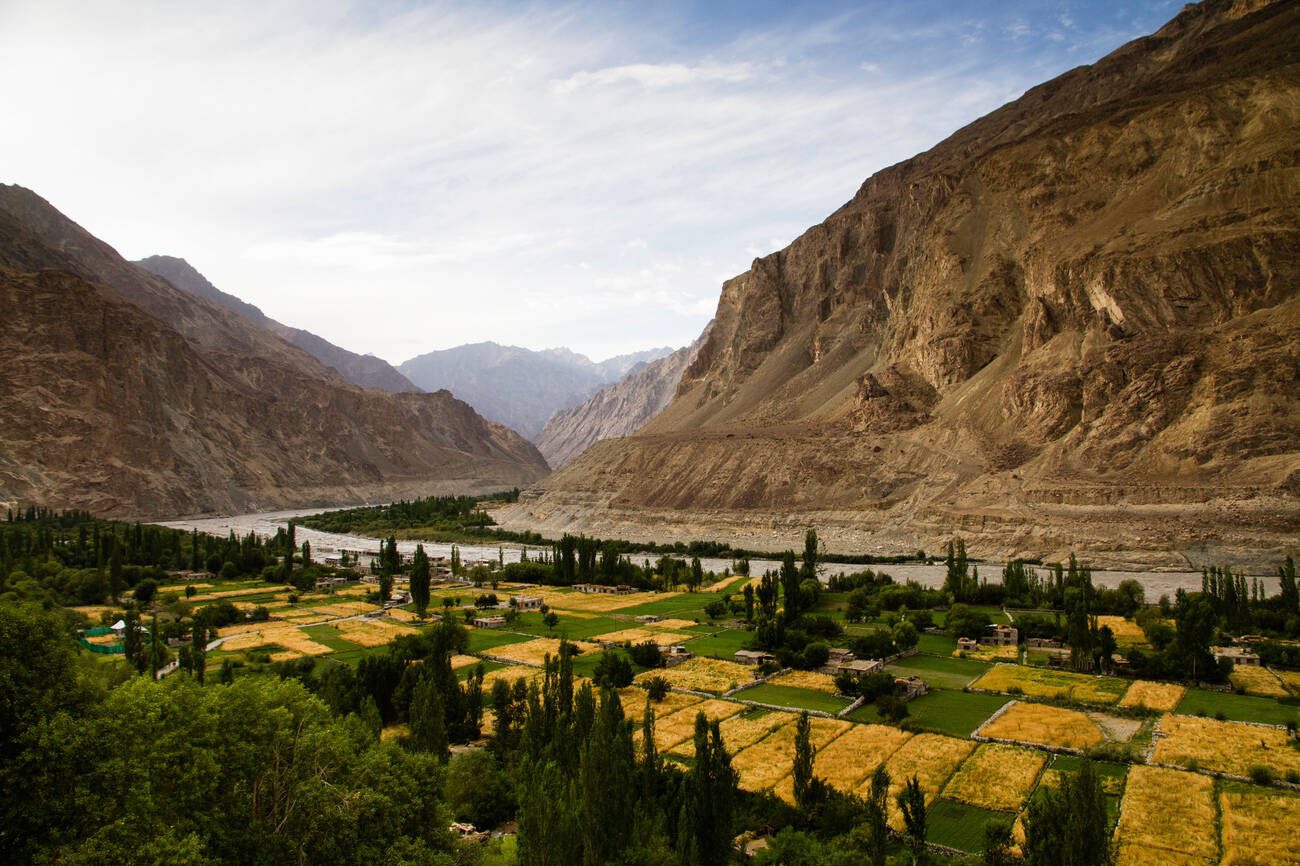
Final Thoughts: A Place That Stays with You
Some places stamp your passport. Others leave footprints on your memory. Ladakh, I’ve come to realize, does something rarer. It slips into your bloodstream. It hums inside you, long after you’ve left, like the fading echo of a prayer bell in a mountain temple. It doesn’t ask for attention. It simply stays.
As the plane lifted from Leh airport and the valley disappeared beneath a soft veil of cloud, I felt a pang I hadn’t expected—a gentle grief at leaving behind a rhythm I had just begun to understand. The silence, the stars, the slow mornings with butter tea, the unhurried footsteps along dust paths… all of it stayed with me like a story still unfolding.
I didn’t return with souvenirs in the traditional sense. I carried no snow globes, no carved trinkets. What I brought home instead were the textures of Ladakh: the grain of sun-worn prayer wheels, the warmth of a borrowed shawl, the quiet companionship of strangers who needed no words to welcome me. These were not things to display, but to feel, again and again.
In the weeks that followed, I found myself moving differently—more slowly, more deliberately. I paused to watch light filter through leaves. I noticed the sky. I listened better, even when nothing was being said. Travel changes you in degrees, not in declarations. Ladakh reminded me that the deepest shifts are often the quietest.
If you go—and I hope you do—don’t go just to see. Go to feel. Go to walk beside glaciers and goat herders, to listen to wind brushing against stone, to sit quietly with people who live close to the sky. Let Ladakh rearrange your definitions of time and beauty. Let it undo your rush, your expectations, your need to always understand.
Because in the end, Ladakh doesn’t need to be explained. It only needs to be experienced. And once it touches you, you’ll know: this place doesn’t end at the airport. It travels with you. It becomes a part of how you see the world.
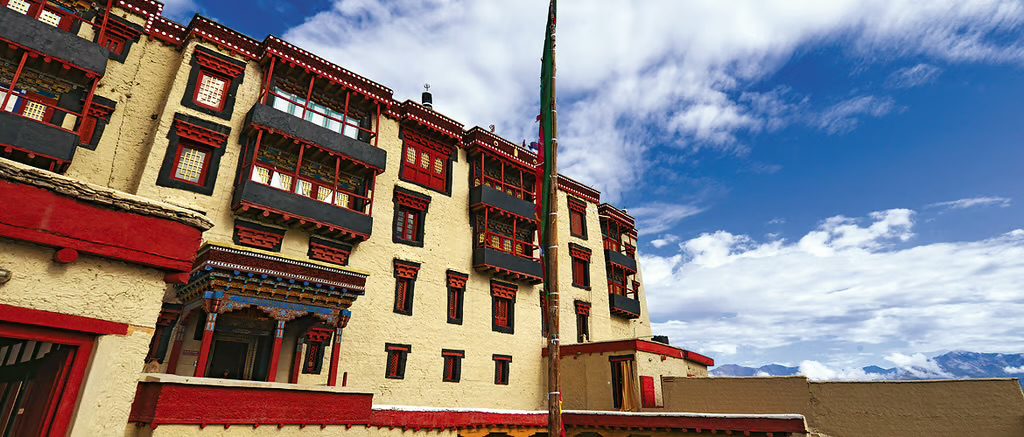
About the Author
Elena Marlowe is a European travel columnist and quiet observer of the world’s forgotten corners.
She writes to capture the moments between moments — where mountains speak, cultures breathe, and travelers rediscover their own rhythm.
Her journeys are slow, intentional, and rooted in the belief that the most meaningful travel happens
not when we see more, but when we feel more.
When she’s not walking through Himalayan villages or sipping chai on a rooftop,
she’s writing from a quiet desk near the sea.

